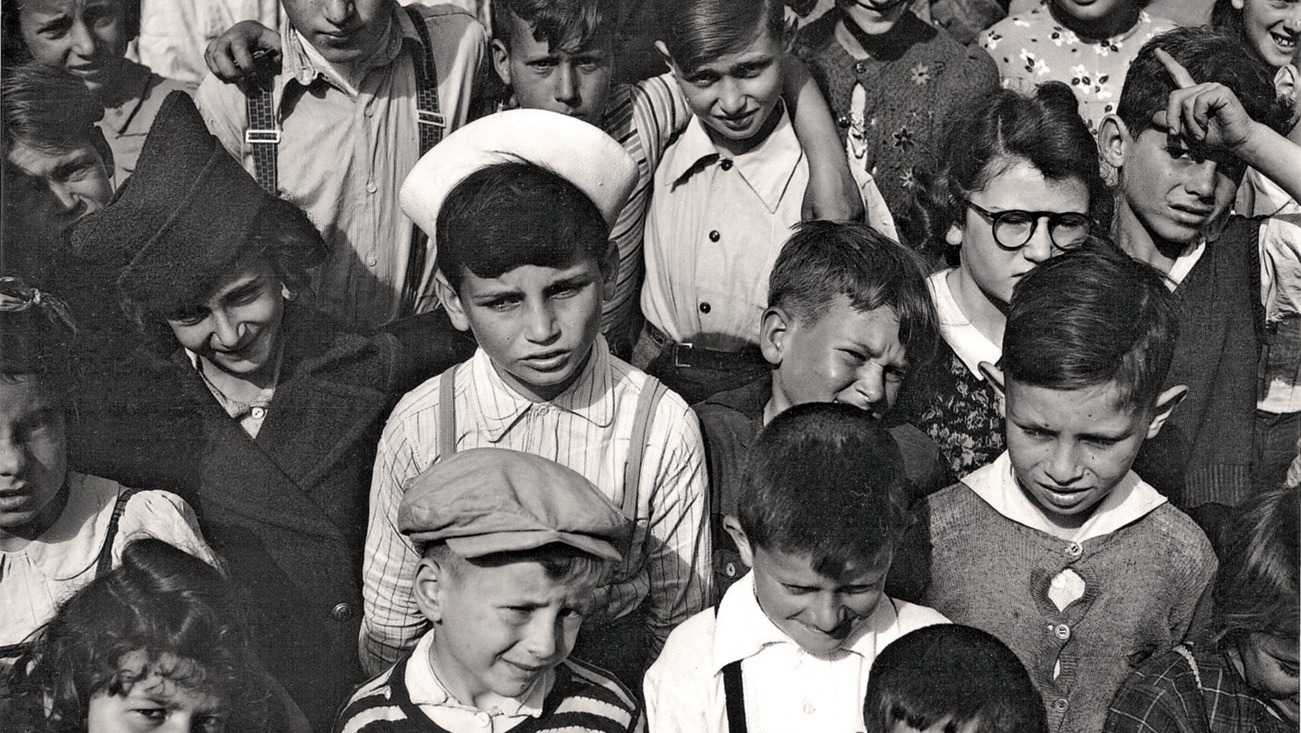"Shanghai Babies"
Press Contact
SISU News Center, Office of Communications and Public Affairs
Tel : +86 (21) 3537 2378
Email : news@shisu.edu.cn
Address :550 Dalian Road (W), Shanghai 200083, China
Further Reading
JEWS IN SHANGHAI | New Lives Welcomed: Over 500 Jewish Babies Born in Shanghai
15 September 2016 | By Li Li / trans. Huang Xie'an | Copyedited by Gu Yiqing
Editor's Note: During the World War II, more than 30,000 Jews, under attack by the Nazis in Europe, fled to Shanghai, China and 16,000 of them took refugee in this city. Meanwhile, the local Shanghai people were also in an abyss of pain inflicted by the Japanese invasion. Though the time was difficult, gratitude and mutual friendship lived on in the heart of the Jewish and Chinese people. The Shanghai Jewish Refugees Museum and Shanghai International Studies University (SISU) launched a initiative early this year to present those touching stories in Chinese, English, German and Hebrew. This is one of the selected stories in the project to commemorate the history of Jews in Shanghai.
|
L |
ife was certainly hard for most Jewish refugees in Shanghai, but hard life had not prevented new lives from being born there. During WWII, it is estimated that over 500 Jewish babies had been born in this oriental city. Later, these babies were called Shanghai Babies.
Sonja Muehlberger was one of them.
About 70 years ago, Sonja was born in Hongkou, where the Ghetto was established for the Jewish refugees. Her parents were German Jews. Once she was a lovely blond girl and spent eight years of her childhood in Hongkou. Unlike the adult refugees, Sonja isn’t bitter about her childhood life in the Ghetto. She would recall her childhood with some sweetness, “Yes, I was a Shanghai Baby. I enjoyed a happy childhood there.”
“As my father spoke Chinese quite well, he ran a small business in Hongkou. He worked very hard. Every day, he rode a bicycle to work, and I sat in the basket in the front.” Recalling her childhood, Sonja got excited, and showed us a photo of her family. In the photo, she was about one and half years old, and looks lovely and beautiful. We can guess why she smiled so sweetly and enjoyed the memories of her childhood. She told us that most Chinese kids were curious about foreign kids and would try to touch her blond hair whenever they met her. Sometimes they would even roll up her sleeves to see her hairy arms. “We’re very friendly to each other. We often had a good time together.”
The Kadoorie School, which most of the Jewish kids attended and was located at 91 Changyang Road (formerly called Ward Road), is another place Sonja would never forget. She attended the kindergarten and primary school there. It meant a lot to her. Life in the war-torn city of Shanghai was not totally dark in her memory. She said she loved almost everything in Shanghai, including the rickshaws. She especially mentioned the rickshaws because they had left a deep mark in her childhood memory. One day, she was very sick with fever, and her father called a rickshaw to the hospital. Knowing that the little girl was in emergency, the rickshaw puller ran extremely fast like a gust of wind, so she was able to get the timely treatment. This particular memory is still fresh in her mind. Although she had been anxious to recover as soon as possible to play the Chinese games like rubber band skipping and sing Chinese songs with the Chinese kids, the casual and fleeting scene of the rickshaw puller “flying” to the hospital with her and her father had taken root in her memory.
Sonja has presented the details of her childhood life in her book Born in Shanghai as a Child of Emigrants. As a teacher in Germany, Sonja often mentions Shanghai to her students, telling them that she was born in Shanghai and that she had an unforgettable childhood there.
Press Contact
SISU News Center, Office of Communications and Public Affairs
Tel : +86 (21) 3537 2378
Email : news@shisu.edu.cn
Address :550 Dalian Road (W), Shanghai 200083, China


